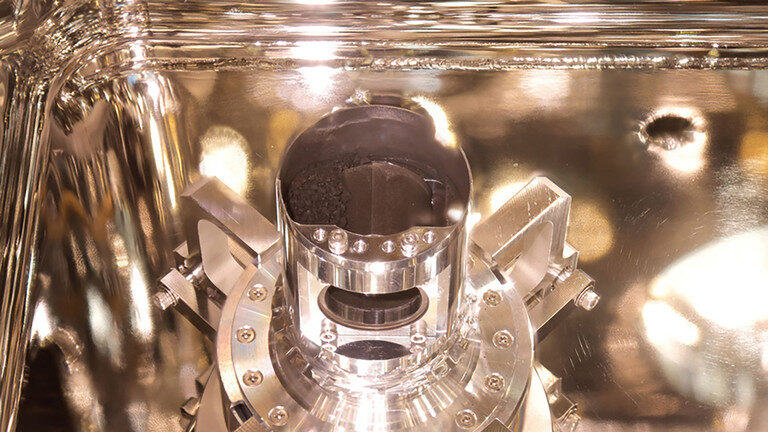
The Japan Space Exploration Agency (JAXA) launched the probe, named Hayabusa2, on December 3, 2014. It was part of an 18-month mission to survey the asteroid Ryugu, 300 kilometers from Earth, and samples were returned to scientists earlier this month.
Researcher Hirotaka Sawada revealed that his colleagues had been hoping to secure 100mg or more of material. However, when they first opened the probe and saw the amount that had been collected in the sample, they were left speechless.
"I think that next I probably screamed, I don't really remember. It was really different from what I expected. There was a fair amount."
The Japanese capsule landed in a remote part of the Australian outback, near Woomera, on December 5. It was collected by the team a couple of hours after its re-entry before being flown to JAXA, outside Tokyo, for further investigation.
Scientists will now take the time to remove, examine, and weigh the samples before conducting thorough research into the materials that have been gathered. However, the discovery has got the team "absolutely thrilled," according to Nagoya University's Professor Sei-ichiro Watanabe, who stated that they should be able to learn a lot from this.
The team at JAXA believes the samples collected from the asteroid will help them gain an insight into the organic matter that could have contributed to life on Earth.
The news from Japan follows a number of other successful space exploration missions, with NASA's OSIRIS-REx spacecraft having collected asteroid samples and China's lunar lander securing underground samples.



Oh yeah, so tell us how many grams were collected.